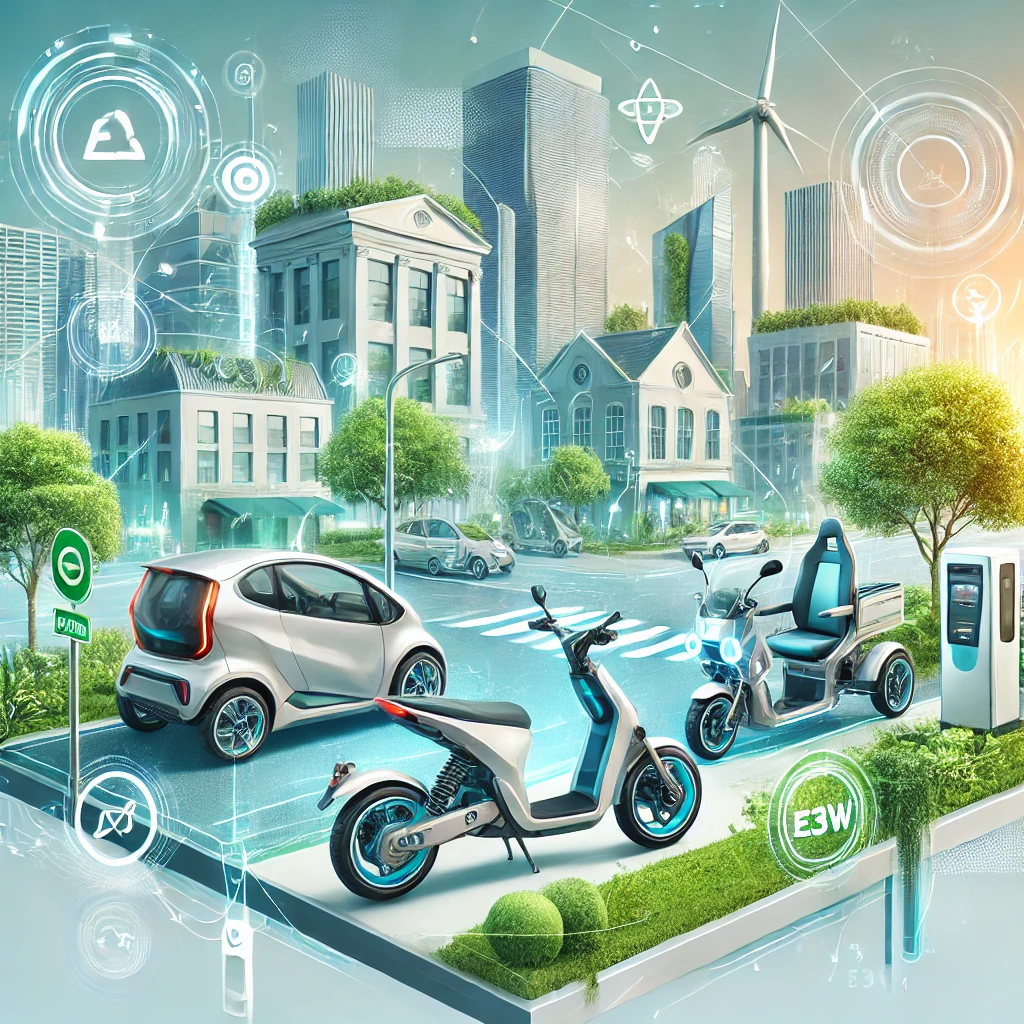Mahindra & Mahindra Ltd, one of India’s leading automotive manufacturers, has announced an increase Mahindra car prices across its range starting January 2025. The company attributes this price hike to rising input costs and inflationary pressures affecting the overall manufacturing process. This development comes as automakers across the industry adjust to evolving economic challenges.
Why the Price Hike?
- Increased Input Costs: The prices of raw materials such as steel, aluminum, and other key components have risen, significantly impacting production costs.
- Inflationary Pressures: Persistent inflation has escalated logistics, energy, and manufacturing expenses, prompting automakers to pass on some of the costs to customers.
- Regulatory Changes: Compliance with stricter emission norms and safety regulations has added to the overall cost of production.
Key Highlights of Mahindra Car Price Hike:
- Effective Date:
- The price increase will be effective from January 2025 across all dealerships in India.
- Reason for Hike:
- The company cites rising input costs, inflation, and higher operational expenses as the primary reasons for the price adjustment.
- Models Impacted:
- Popular models like XUV700, Scorpio N, Thar, and Bolero are likely to see price revisions.
- Expected Increase:
- The price hike is estimated to be between 2% and 4%, varying across different models and variants.
- Last-Minute Opportunity:
- Customers planning to purchase Mahindra vehicles can book before December 31, 2024, to lock in the current prices.
- Customer Impact:
- Mahindra assures that the price increase is necessary to maintain quality and innovation, despite the financial impact on buyers.
As the new year approaches, Mahindra & Mahindra is set to revise its car prices starting January 2025. This move comes in response to the growing pressure of inflation and rising commodity costs, affecting the overall production expenditure. The company has officially confirmed a price increase of up to three percent across its entire lineup.
Why the Price Hike?
- Rising Input Costs:
- The automotive industry is grappling with increased costs of raw materials like steel, aluminum, and plastics, which are essential for vehicle manufacturing. Mahindra’s decision to raise prices reflects the need to manage these escalating costs.
- Inflationary Pressures:
- General inflation has led to higher costs in logistics, labor, and operational expenses. These rising expenses are affecting profitability margins, necessitating a price revision.
- Compliance with New Regulations:
- Upcoming regulatory changes in safety and emission norms require manufacturers to upgrade their technology, adding to production costs.
- Sustained Quality and Innovation:
- To continue offering high-quality vehicles equipped with advanced features and technology, Mahindra needs to balance rising production expenses with revenue through a price adjustment.
- Market Dynamics:
- With fluctuating global supply chains and currency exchange rates, the cost of importing components has risen, further contributing to the price hike.
By increasing prices, Mahindra aims to manage its cost structure while continuing to deliver value to customers with feature-rich and reliable vehicles.
Mahindra’s EV Expansion
Amidst the price hike news, Mahindra is making significant strides in the EV market. Earlier this month, the brand unveiled the BE 6 and XEV 9e coupe SUVs, marking the beginning of a renewed focus on electric mobility.
Looking forward, Mahindra is gearing up to launch more electric vehicles (EVs), including:
- XEV 7e
- BE.07
- BE.09
- The XUV400 successor, based on the new XUV 3XO platform.
These launches aim to strengthen Mahindra’s position in the growing EV segment.
Impact on Consumers
For customers planning to buy a Mahindra car, this announcement serves as a timely reminder to make their purchases before the price hike takes effect. The increase, though marginal, could impact affordability, especially for budget-conscious buyers.
Conclusion
The upcoming price hike is part of a broader trend within the automotive industry, as manufacturers face mounting cost pressures. While this move is necessary for Mahindra to maintain its financial health and sustain product quality, it underscores the importance of timely purchasing decisions for prospective buyers.
For more updates on Mahindra car prices and the latest automotive news, stay tuned to VistaTimes.com.
By Shehnaz Shaikh















